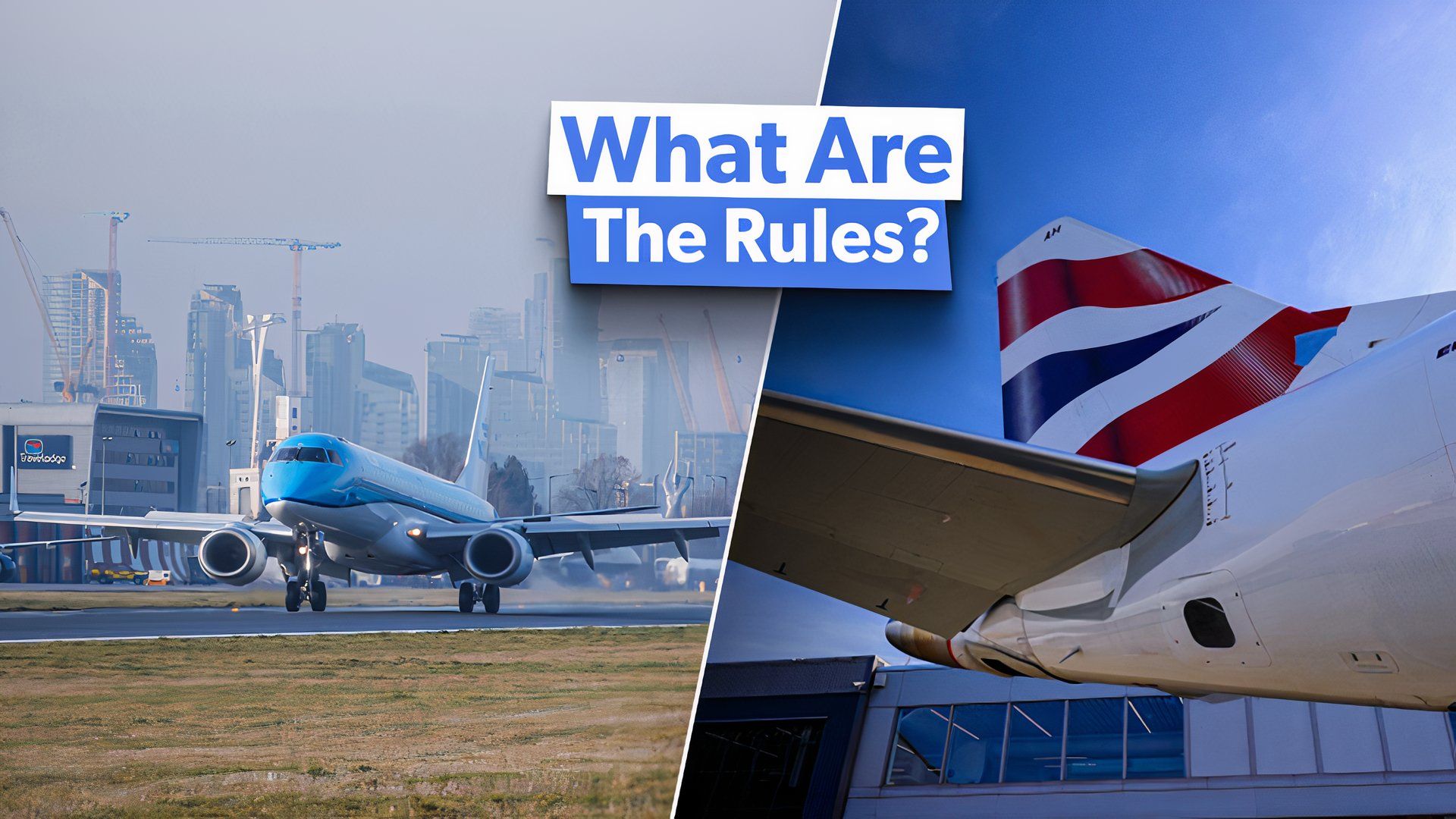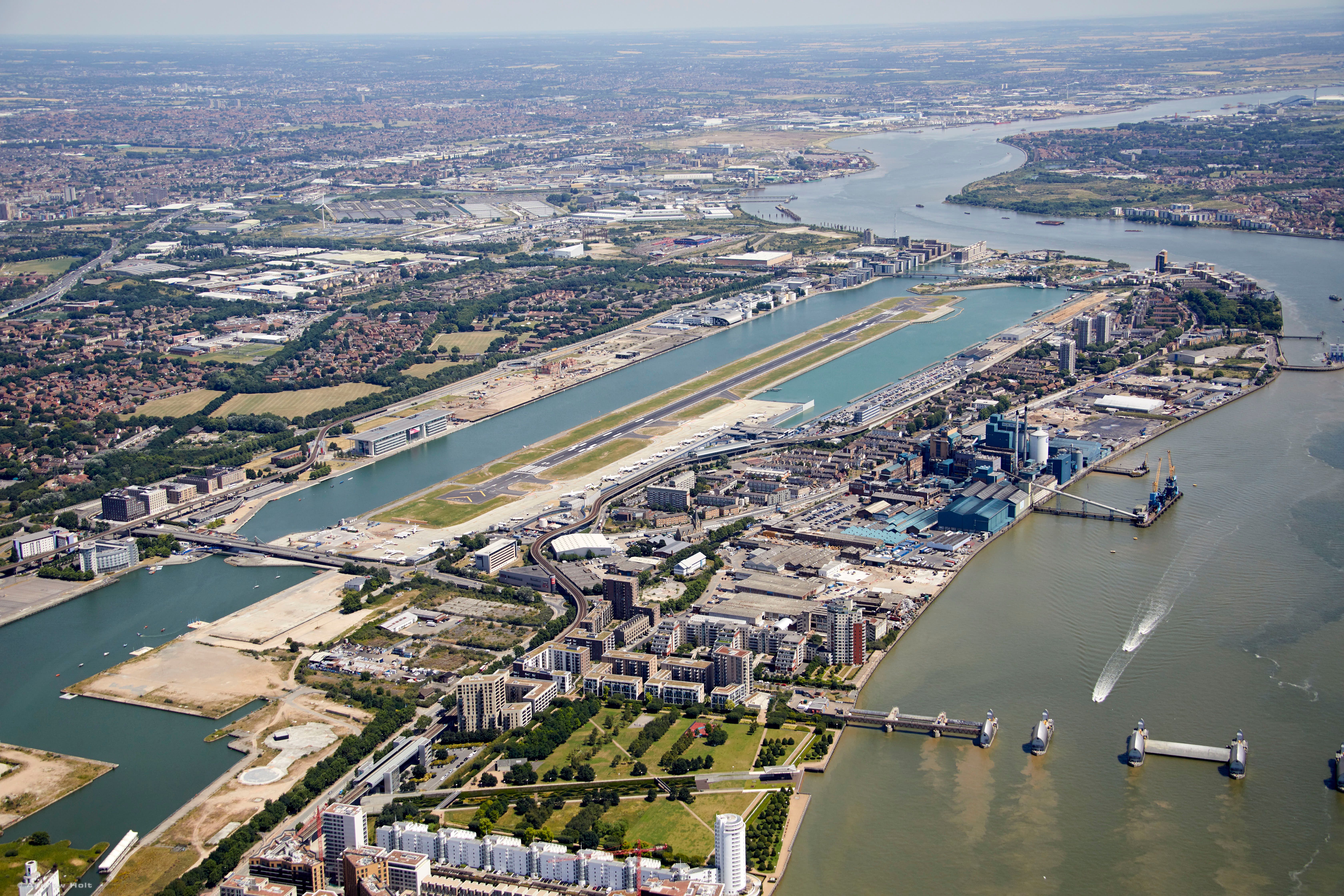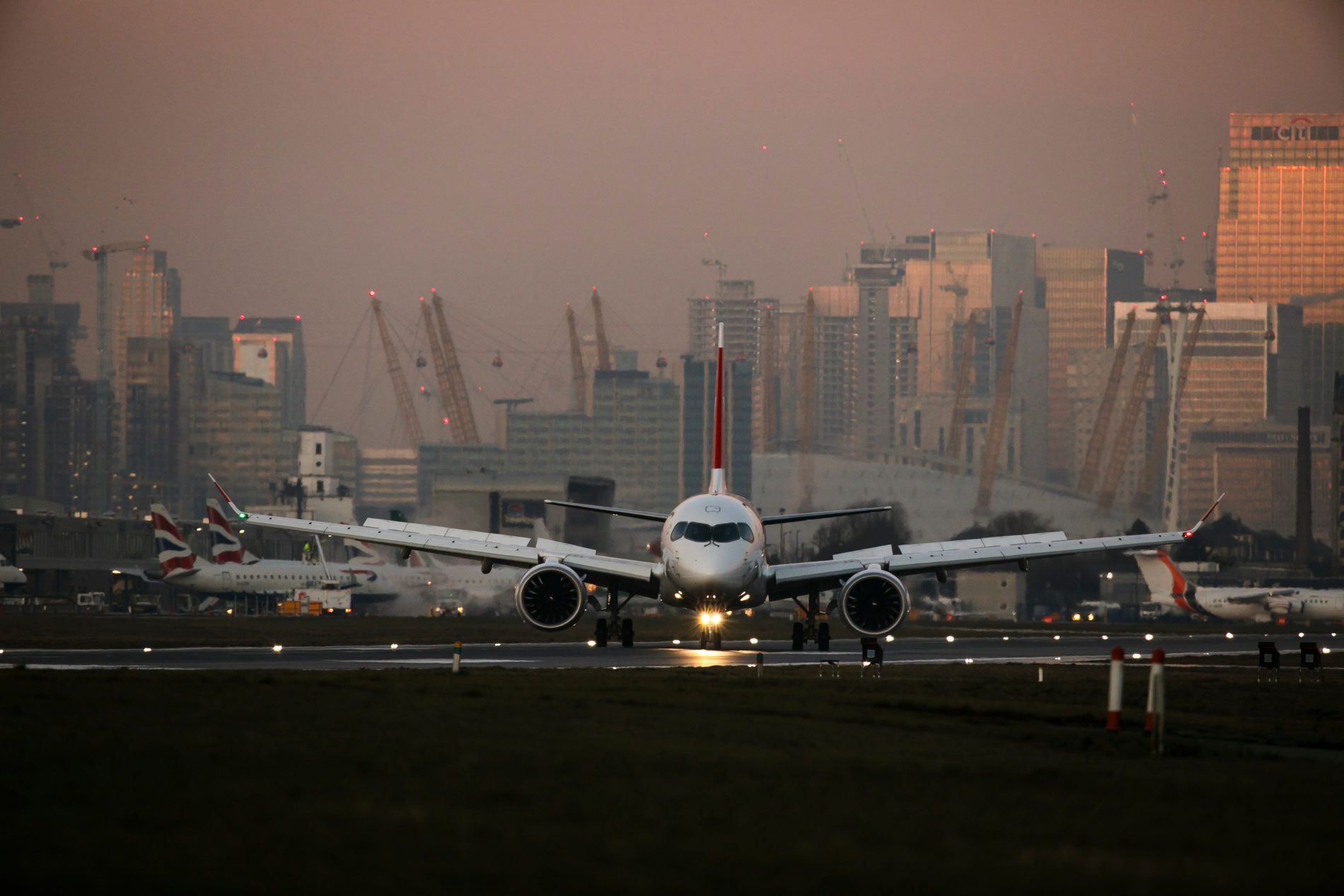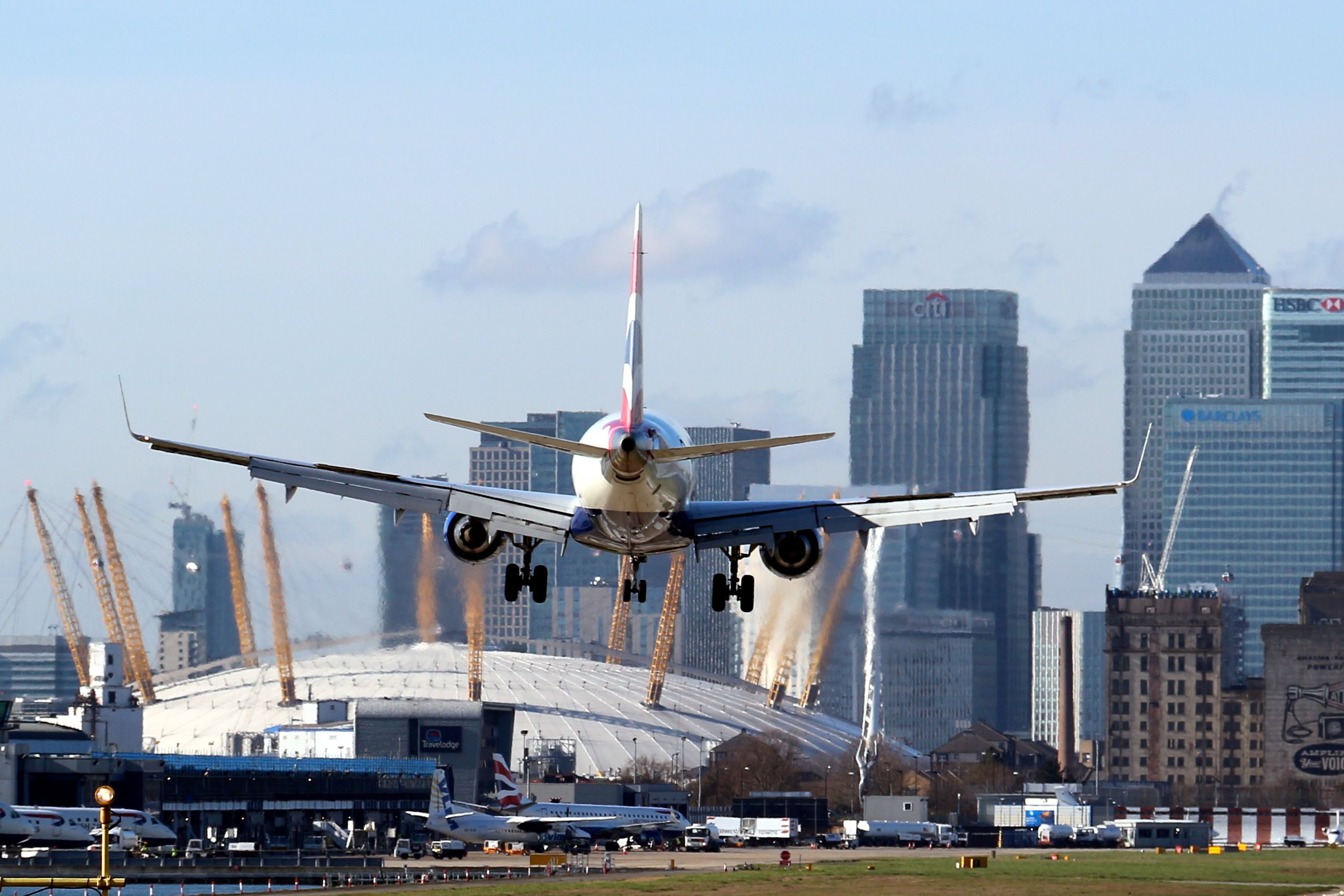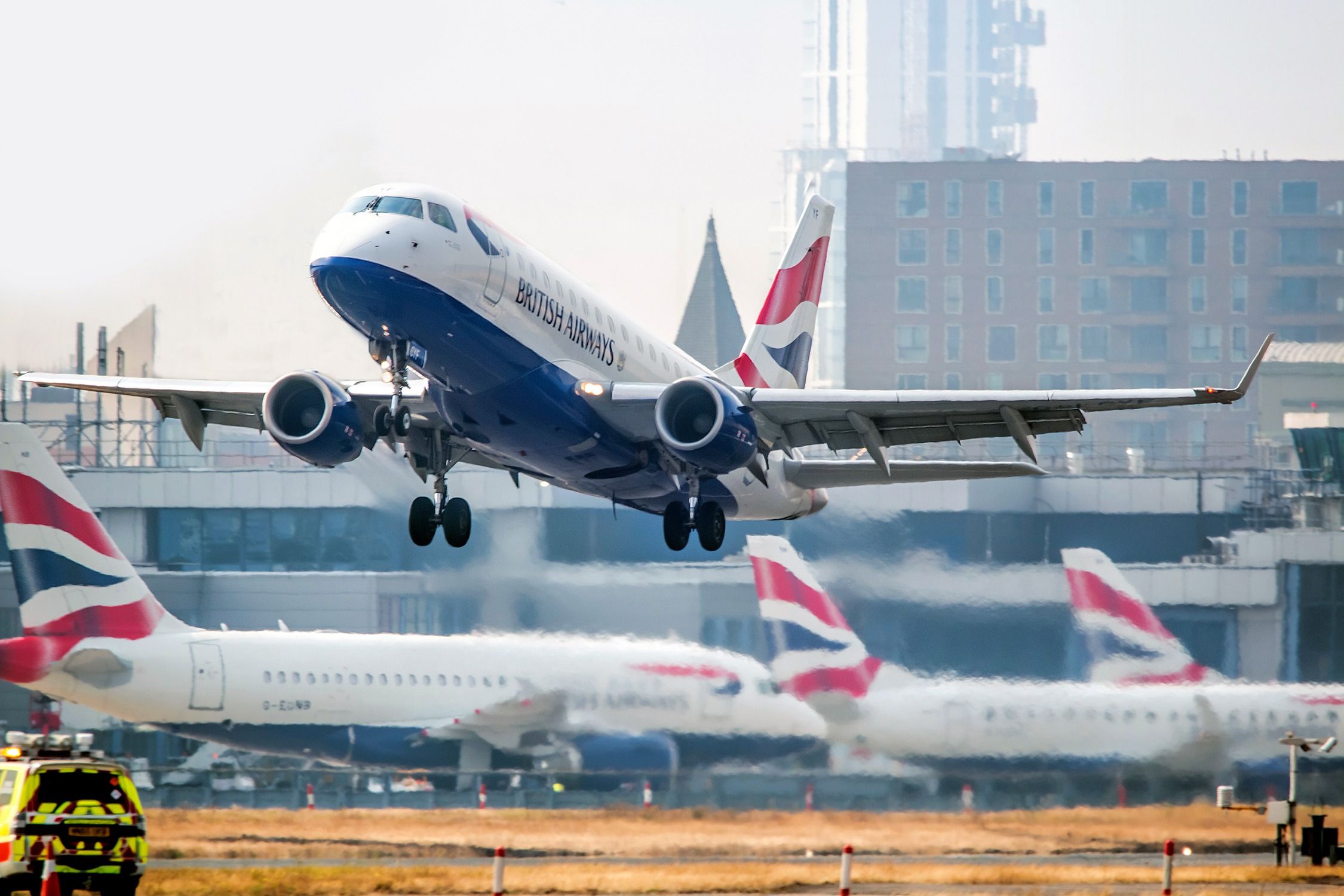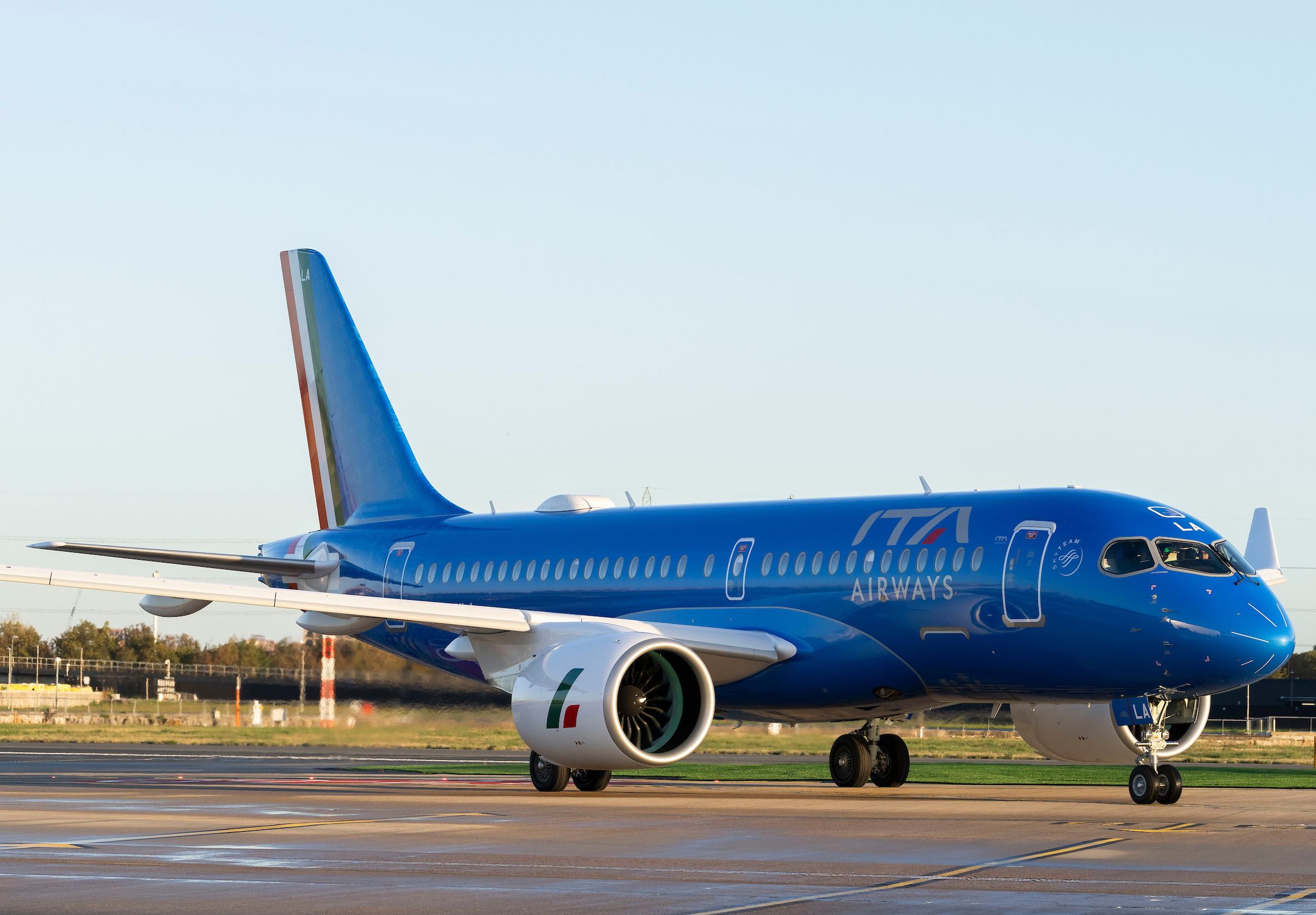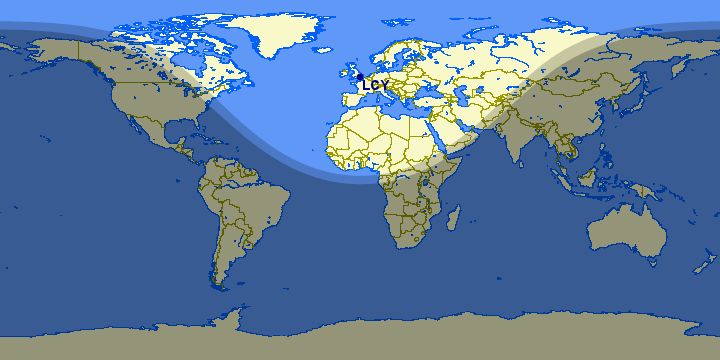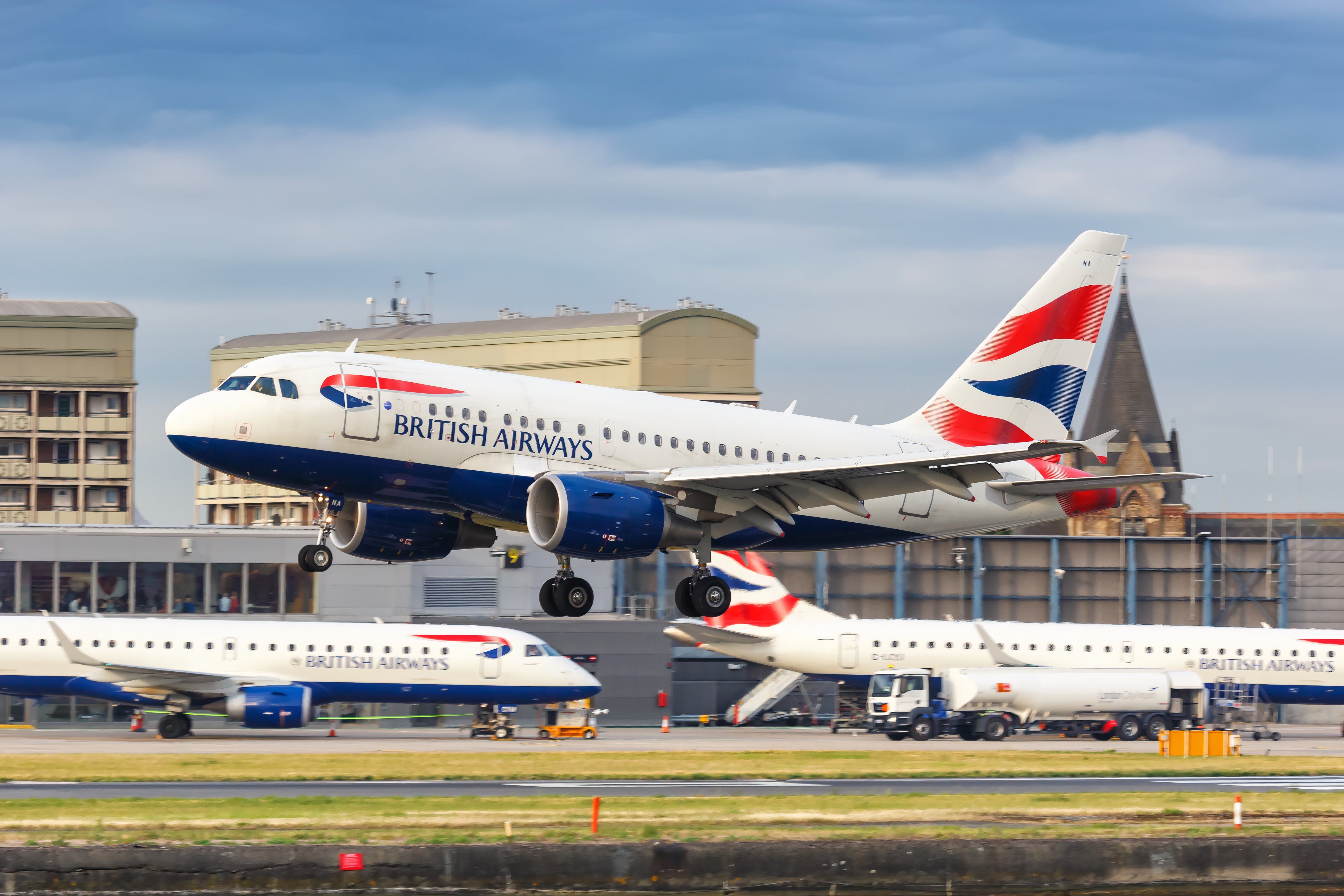Summary
- London City Airport has restrictions on aircraft due to its urban location, prohibiting larger planes like Boeing or Airbus.
- To operate at London City, aircraft need to meet noise limitations, a short runway, and make a steep approach.
- The dominant planes at London City are the Embraer E190 and Airbus A220, with a limited number of approved aircraft types.
London City Airport is the smallest, but most centrally located, of London’s airports. With its size and urban location, it has several restrictions on aircraft that can use it. You won’t find any of the larger Boeing or Airbus aircraft there, but there are plenty of smaller aircraft that can operate. The dominant commercial jets operating there today are the Embraer E190 and the Airbus A220.
Restrictions on landing
London City Airport is located in a built-up area of the docklands. While it is immediately surrounded by water, the built-up areas of Canary Wharf and beyond are on the approach. As such, there are several restrictions in place on aircraft that can use it. The following are all prohibited:
- Helicopters and other vertical take-off or landing aircraft
- Single-engine aircraft
- Aircraft using the airport from flying or leisure clubs
- Aircraft operated by a single pilot
- Those aircraft that do not meet strict noise limitations
There are then further restrictions on which fixed-wing aircraft are permitted to land, based on the nature of the airport. In particular, London City has a short runway at just 1,508 meters, and narrow at only 30 meters wide. For comparison, London Heathrow’s runway is 3,902 meters long. It also requires a steep approach due to the height of the buildings surrounding it.
Photo: London City Airport
Making the steep approach
The most unusual aspect of London City is the steep approach required for landing, with a rate of descent almost double that of other airports. This approach is at 5.5°, compared with a standard approach of around 3°. This also affects take-off, with aircraft making full use of the available runway and climbing faster than usual.
Aircraft must be technically capable of making this approach. But pilots also must be experienced in this type of approach. This requires a particular rating for pilots. In reporting in The Express, British Airways Senior Training Captain Mike Pickard explains this:
“London City Airport has special requirements to allow a pilot to operate into and out of. Once pilots have completed their conversion training, they are required to then have further simulator training for the steep approach, short take-off, and landing.”
Photo: London City Airport
Approved aircraft for London City Airport
So, which aircraft (with the right pilots) meet these requirements? The following commericl jets are all approved for use by airlines at London City:
- ATR 42 (both the -ATR 42-300 and ATR 42-500 variants)
- ATR 72
- Embraer Enterprise Regional Jet (ERJ) and E-Jet series, including the E190-E2 and E-195-E2
- Fokker 50 and 70
- British Aerospace Jetstream 41
- British Aerospace 146
- Saab 340 and 2000
- De Havilland Dash 8 (Q400)
- Airbus A318
- Airbus A220
- Dornier 228, 318 and 328JET
- de Havilland Canada DHC-7 (previously operated at LCY by London City Airways)
There are also many executive and corporate jets able to use the airport. These include the Cessna CitationJet series, the Beechcraft Super King Air, and the Hawker 400 and 800.
Photo: Travers Lewis | Shutterstock
The main aircraft types at London City
Of course, not all the permitted aircraft types will operate at the airport. In fact, commercial operations are dominated by just a few types.
Using data from Cirium, Simple Flying looked at airport operations in February 2024. A total of 2,074 flights were scheduled to depart from London City Airport during this period. These included:
- 1,678 flights (80.9%) operated by aircraft from the Embraer E-Jet family
- 185 flights operated by the Airbus A220
- 156 flights operated by the De Havilland Canada DHC-8-Q400.
- 33 flights operated by the ATR 72.
- 22 flights operated by the Dornier 328JET (operated by Sun-Air for British Airways at the time)
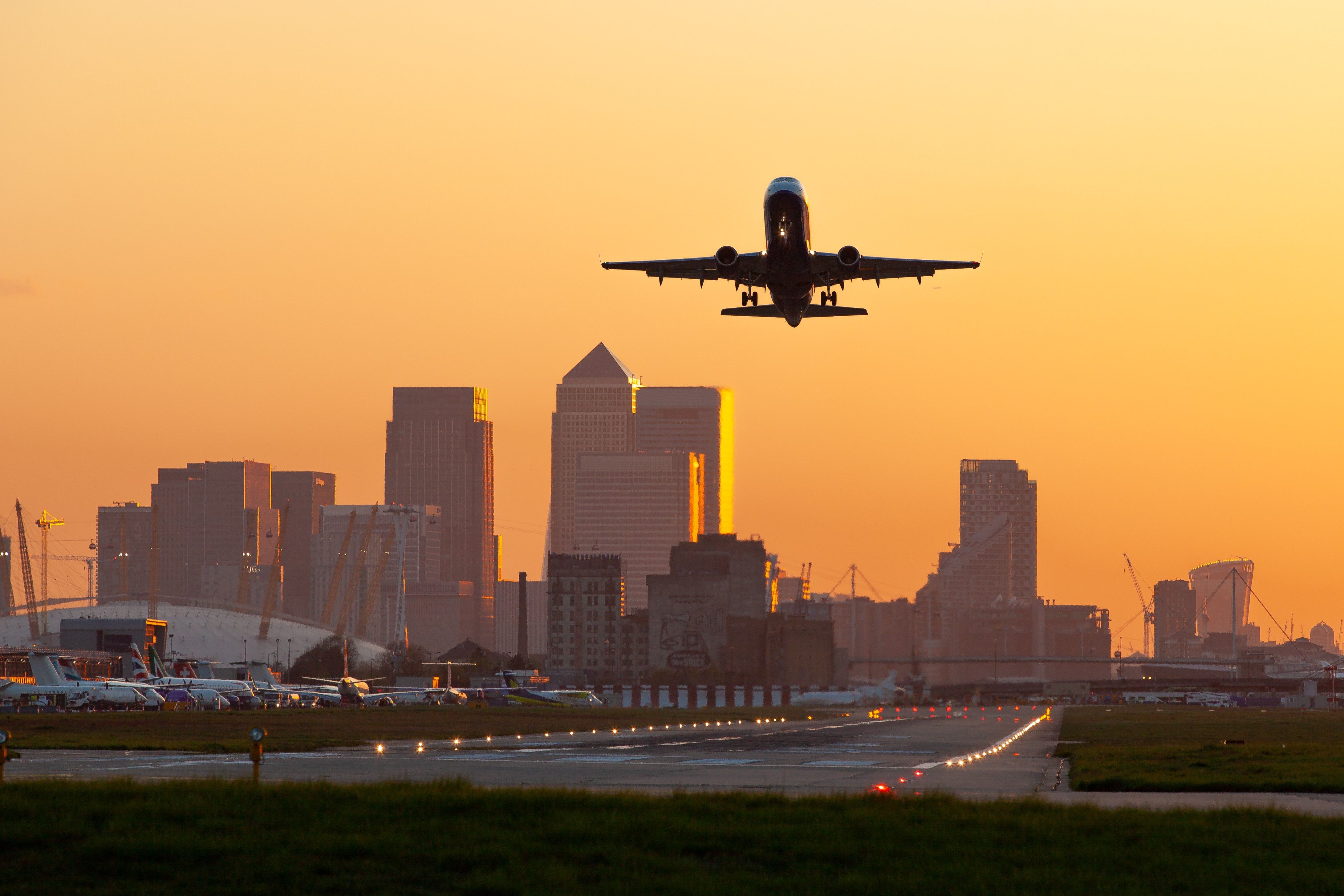
Related
Small But Mighty: Which Are The Main Aircraft Types Serving London City Airport?
One particular regional jet family stands head and shoulders above the rest.
The E-190 and E-195 at London City
The Embraer E-Jet currently dominates operations at London City. This is not surprising as British Airways is the most prevalent operator at the airport. Its subsidiary, BA CityFlyer, presently operates a fleet of Embraer E-190 aircraft on European routes from the airport.
Photo: jgolby | Shutterstock
The E-Jet is also operated by KLM Cityhopper, Lufthansa CityLine, Air Dolomiti, SWISS, and LOT Polish Airlines.
In November 2023, the larger E195-E2 was approved for operations at London City. This is the largest type to be approved for the airport and could be a real boost for Embraer (especially as the larger A220-300 is not approved).
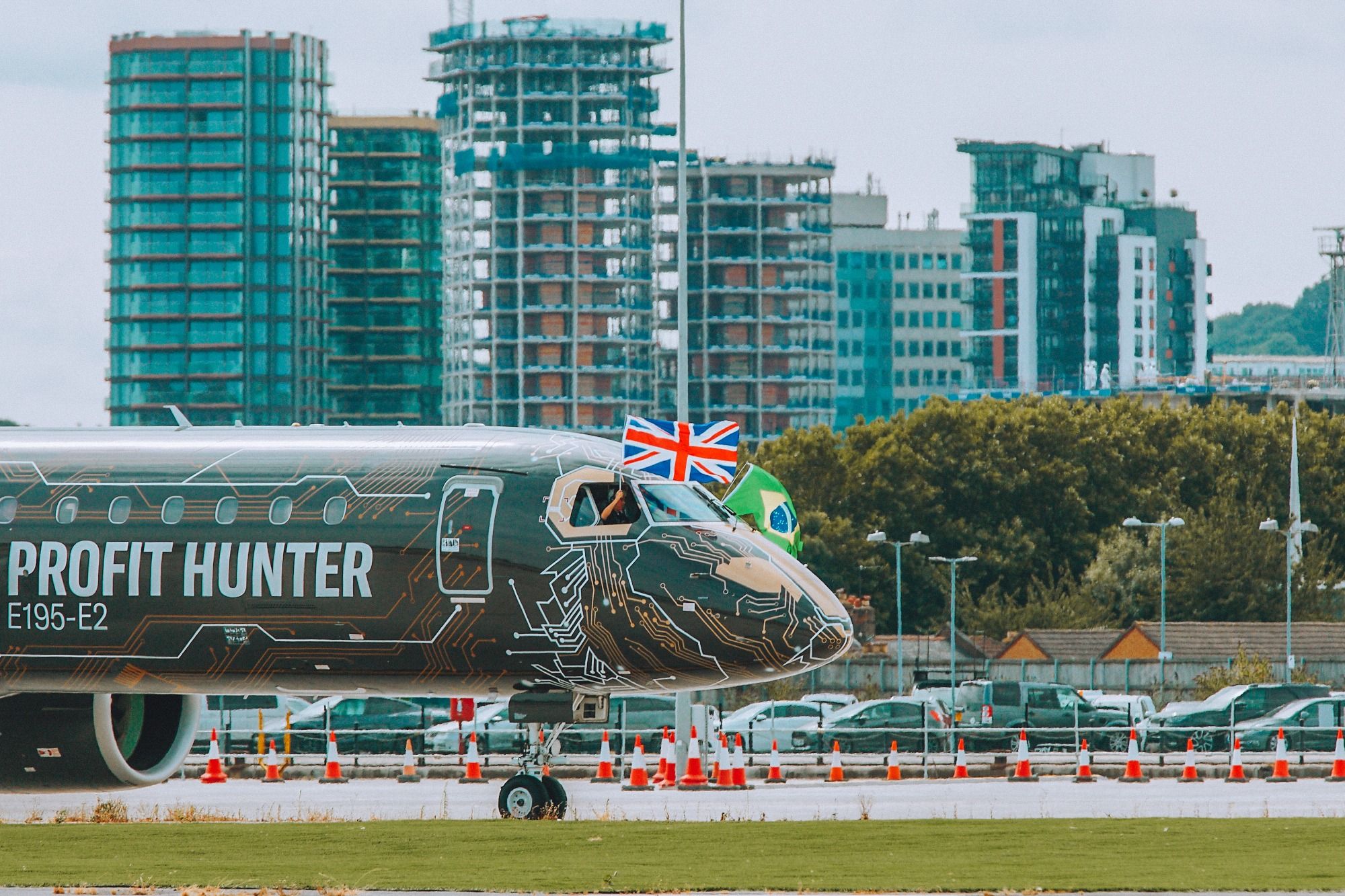
Related
Future Gamechanger? Embraer’s 130+ Seat E195-E2 Can Now Land At London City Airport
Will the approval to operate out of London City Airport (LCY) improve the Embraer E195-E2’s marketability?
The A220 at London City
The Airbus A220 is also an important large regional jet at London City. The smaller Airbus A220-100 is operated at LCY by SWISS and ITA Airways. The larger A220-300 is not currently certified for the steep approach, and there are no current plans from Airbus to change this.
Photo: London City Airport
In 2019, the A220 gained an ETOPS 180 rating, opening up the possibility of transatlantic flights. With the ability to operate long-haul flights out of London City Airport, the A220 could be an attractive option for British Airways. The airline has yet to express interest in it, but Simple Flying looked at the possibilities it would offer. The map below shows its range from LCY.
Image: GCMaps
British Airways and the A318
The Airbus A318 was a regular former visitor to the airport with British Airways. It operated the Airbus A318 on a business class-only service to New York, with just 32 seats. BA 1/2 operated via Shannon for refueling and immigration clearance. British Airways, however, confirmed in July 2020 that this route would end with the retirement of its A318 aircraft.
Photo: Markus Mainka | Shutterstock
The A318 was specially modified to handle the steep approach. This added spoilers that can be raised on each wing and also warning announcements in the cockpit for the more complex flare procedures.
What do you think of London City Airport? Have you experienced the steep landing and takeoff? Let us know what you think in the comment section.

